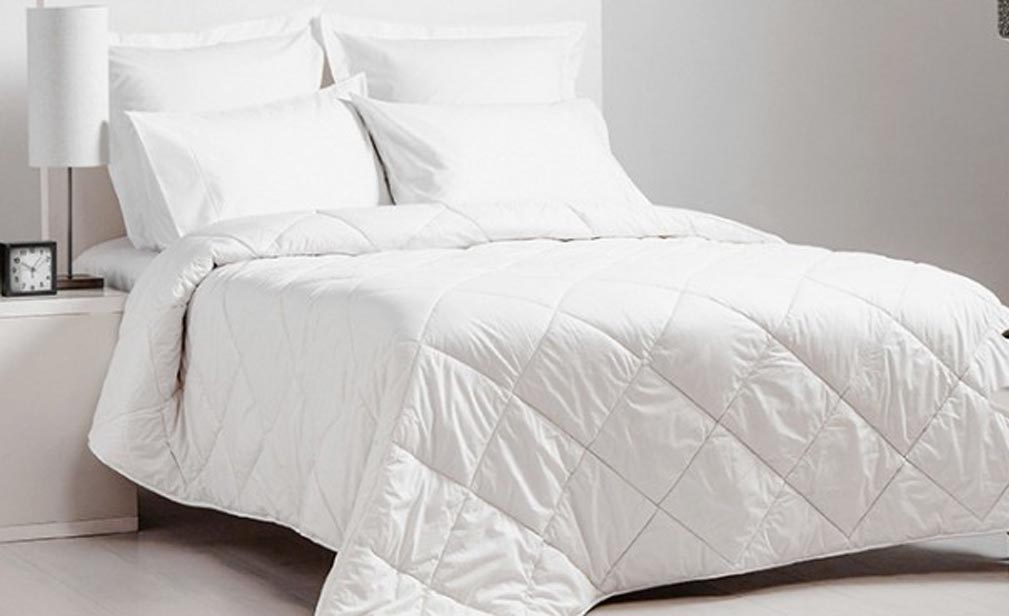
Bedding Blessing: Australian Wool Quilt
Sleep is the most vital factor that impacts general health and well-being. And for a good night’s sleep, comfortable bedding is indispensable. What makes softer stuff for this purpose than Australian wool quilt?
Alpaca Versus Sheep wool:
Sheep and Alpaca wool are renowned for their properties that make for excellent bedding. Although the latter is originally indigenous to South America, they have adapted well to the Australian climate. Today the ‘Fibre of the Gods’ is renowned for its moisture-absorbing and light-weight qualities.
Alpaca is too soft, which is why it is mixed with sheep’s wool often. It is also warmer and has insulating properties that conserve body heat. So if one does not prefer much insulation at night, sheep’s wool will suffice. It naturally regulates temperature while sleeping and is ideal for the tropical climate of northern Australia.
Wool Quilt: Why is it so good?
It has been thousands of years since humans are enjoying the benefits of naturally-derived wool. It is entirely a natural fibre and conveniently the most breathable one as well. It can absorb over 30 per cent of its entire weight in moisture.
How does it compare with feather and polyester?
Polyester, feather, and such materials are all considered insulators. For one to sleep, the body temperature must drop to a certain level. But these materials increase the temperature until it becomes too hard to sleep. Then begins the endless cycle of the quilt on, quilt-off, half-on, on feet, turn over, etc. Everyone must have gone through this to make themselves comfortable.
Not getting enough sleep or disrupted sleep patterns can wreak havoc on physical and mental health. It prohibits cell regeneration which in turn increases immunity. Using sheep wool keeps the body temperature at the right level for a comfortable night’s sleep. There will be no more fussing over trying to control it by dancing with the quilt on a bed.
HERE ARE SOME BENEFITS OF USING WOOL:
- Heat Regulator:
Wool is more of a regulator than an insulator. It regulates body temperature just as it does for a sheep.
When the body temperature rises, wool interestingly transfers this heat, along with its fibre, and releases it into a drier environment.
- Hypoallergenic:
It has this quality naturally present. It keeps away dust mites and prevents mould growth. On the other hand, a synthetic quilt retains moisture and encourages the growth of mould and dust mites. Such conditions aggravate issues like asthma and other allergies.
- Sustainable and Biodegradable:
It is 100% sustainable. It is vital to buy it from reliable sellers that source it sustainably. Every year fleece grows on sheep naturally to keep them warm during the winters.
It is also biodegradable. If one is to leave it in compost, it would naturally break down into organic matter. Not that there will be a need for it, but it is eco-friendly. As it is fire resistant in its natural state, there is no need for chemical retardants.
HOW TO TAKE CARE OF IT?
Wool deserves special care to make them last longer and keep them nice and warm. Give it regular airing to make sure they remain light and free from all moisture.
Do not expose it to high temperatures, as in the case of convection dryers. Store the woollen quilts in a dry place, away from direct sunlight. When it is not in use, it is best to leave them wrapped in paper (acid-free). One has to make sure it is nice and clean and free of dust mites.
CONCLUSION:
Tired of trying out different synthetic quilts that do not provide the results they promise? Switch to natural fibres and never miss them again.
Author bio: Steffy Alen is a copywriter and content strategist. She helps businesses stop playing around with content marketing and start seeing the tangible ROI. She loves writing as much as she loves the cake.


